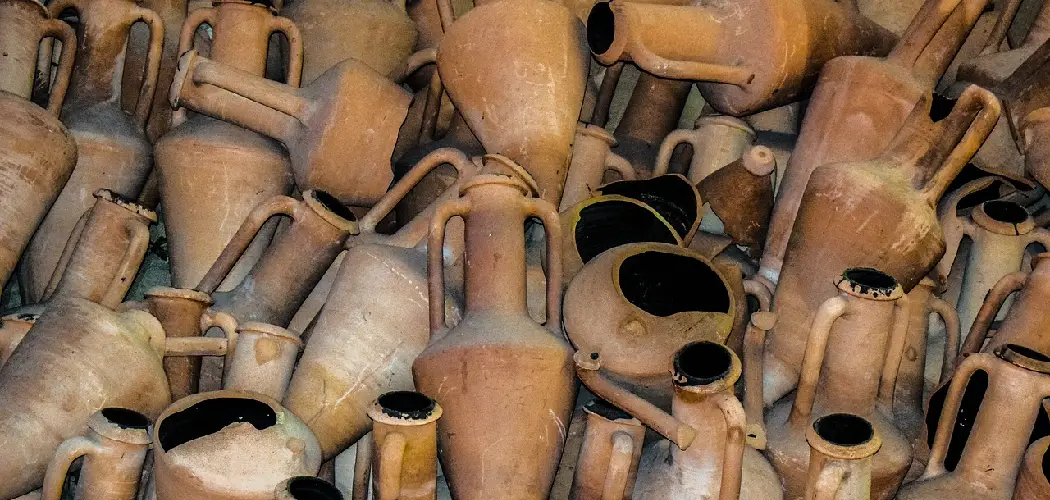Clay pots are popular among gardeners and craft enthusiasts for their natural look and texture. However, having unsealed clay pots can be problematic as they tend to absorb water, which makes them brittle and prone to breakage. Sealing your clay pots enhances their durability and makes them water-resistant, preserving their aesthetic appeal. In this blog post, we’ll guide you on how to seal clay pots to ensure longevity.
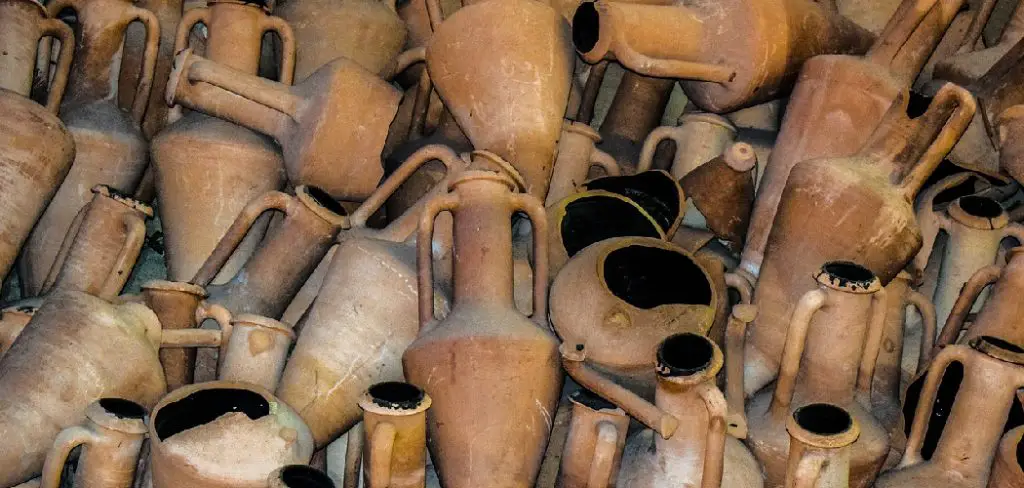
Can You Seal Clay Pots?
When it comes to clay pots, there are always questions about how to make them last longer. One such question is whether or not you can seal a clay pot. The answer is yes! Sealing a clay pot makes it more durable and adds an extra layer of protection.
Several products on the market will seal your clay pot and make it more resistant to water damage and general wear and tear. So, to make your clay pot last longer and look great, consider sealing it with one of these products!
Why Should You Seal Clay Pots?
Clay pots have been a household staple for centuries, providing cooks with a durable and versatile vessel for cooking and storing food. However, their porous nature can result in moisture seeping through the walls and causing bacteria growth. That’s where sealing comes in. By taking the extra step to seal your clay pots, you can prolong their lifespan and reduce the risk of bacterial contamination.
Sealing also adds a layer of protection against discoloration and cracking. A well-sealed clay pot can last for years, withstanding the test of time and ensuring your meals are cooked to perfection. With so many benefits, it’s clear that sealing your clay pots is a no-brainer.
A Beginner’s Guide on How to Seal Clay Pots
1. Cleaning Your Clay Pots
Before sealing your clay pots, the first step is to remove dirt, grime, and any debris from their surface. Use a stiff-bristled brush or a scouring pad to scrub them thoroughly with warm soapy water. Then, rinse and let them dry completely before proceeding to the next step.

2. Choosing the Right Sealant
Various types of sealants are available in the market, including polyurethane, acrylic spray, and epoxy sealant. For clay pots, it’s recommended to use a penetrating sealer, such as boiled linseed oil, easily absorbed by porous materials like clay. It also acts as a protective barrier against water damage and an enhancer for the color of the pot.
3. Applying the Sealant
Apply boiled linseed oil liberally on a sponge brush, covering the entire surface of the clay pot. Rub it in thoroughly, allowing it to penetrate the clay for 10-15 minutes. Wipe off any excess oil with a lint-free cloth and let it dry for a few hours before adding another layer.
4. Adding Multiple Layers
Depending on the thickness of the sealant, you may have to apply multiple layers to achieve the desired effect. Usually, two to three coats are enough to seal the clay pot and give it a lovely finish. Ensure that the previous layer has dried entirely before adding another coat.
5. Curing Time
After the final coat, let the clay pot cure for at least 24 hours to allow the sealant to dry thoroughly and harden. Then, place it in a dry, well-ventilated area for an additional 24 hours to allow the odor to dissipate. Once cured, your clay pot is now fully sealed and ready to use.
6. Sealing Terracotta Pots
Terracotta pots are made from a specific type of clay that is porous and prone to cracking due to moisture exposure. To seal terracotta pots, it’s recommended to use a silicone-based sealant specifically designed for pottery and ceramics. Follow the same steps mentioned above, but ensure that the sealant is safe for food contact if using the pots for planting herbs or vegetables.
7. Applying a Glaze
You can also glaze your clay pots for a more decorative look instead of using a sealant. However, keep in mind that glazed pots are not suitable for use with plants as the chemicals in the glaze can be harmful. If you want to add color to your plain clay pots, use ceramic paint or glaze and follow the manufacturer’s instructions for application and curing.
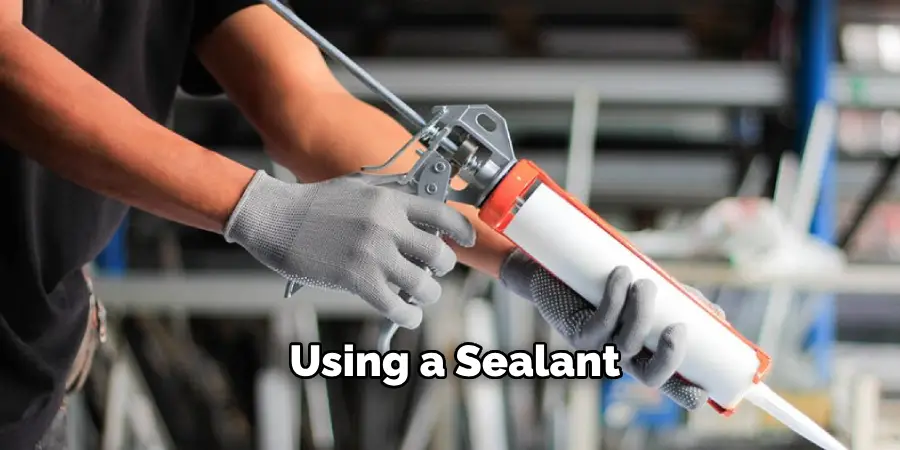
That’s it! You’ve now learned how to seal clay pots effectively and efficiently. With proper sealing, your clay pots will stay in great condition for years, whether used for cooking or gardening purposes. So why wait? Give your clay pots the protection they deserve and ensure their longevity today!
5 Considerations Things When You Need to Seal Clay Pots
1. Preparation
Before you start sealing your clay pots, it is important to ensure they are properly prepared. This includes cleaning the pots with a damp cloth and allowing them to dry completely before applying any sealant. Additionally, ensure that any cracks or chips in the pot have been filled in with either clay or an appropriate filler material.
2. Sealant Type
Several types of sealants are available for use on clay pots, including acrylic polymer sealants, latex-based sealants, and epoxy-based sealants. Each type of sealant has its own advantages and disadvantages, so it is important to research each one before making a decision.
3. Application Method
Depending on the type of sealant you choose, you may need to apply it using a brush, roller, or sprayer. Be sure to read the manufacturer’s instructions carefully before applying the sealant, as the incorrect application can lead to uneven coverage and poor results.
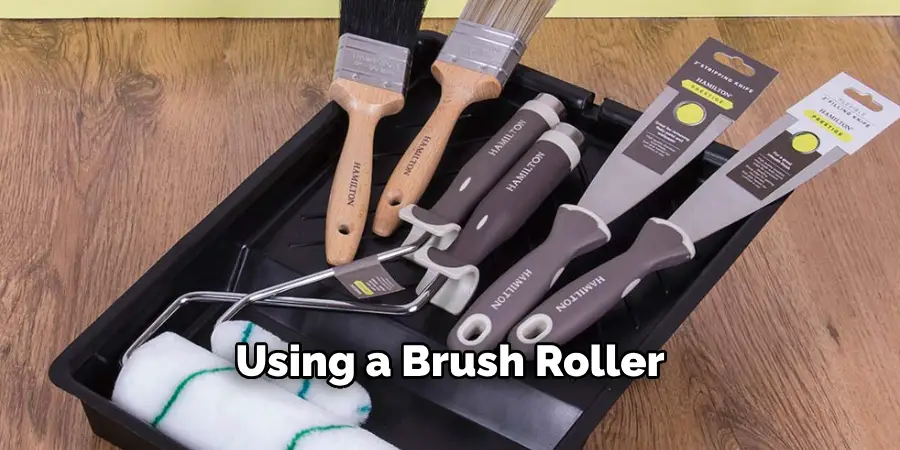
4. Drying Time
Once you have applied the sealant to your clay pot, it is important to allow it enough time to dry completely before using it again or adding any plants or soil. The time needed will vary depending on the type of sealant used and environmental conditions such as temperature and humidity levels.
5. Maintenance
After your clay pot has been sealed, it is important to maintain it properly to keep it looking its best for years. This includes cleaning off any dirt or debris that accumulates on the surface and reapplying the sealant every few years if necessary.
5 Benefits of Seal Clay Pots
1. Improved Heat Retention
One of the primary benefits of using seal clay pots is that they have improved heat retention. Clay is a porous material, which means it can absorb and retain heat better than other materials, such as metal or plastic.
This makes sealed clay pots ideal for cooking dishes that require long cooking, such as stews and soups. The improved heat retention also helps to reduce energy consumption when cooking, as less energy is required to maintain a consistent temperature throughout the cooking process.
2. Enhanced Flavor
Another benefit of using seal clay pots is that they can enhance the flavor of your food. Clay has been used in the culinary arts for centuries due to its ability to impart subtle flavors into food while it cooks. This can be especially beneficial when cooking dishes with delicate flavors, such as fish or vegetables, as the clay can help to bring out their natural flavors without overpowering them.

3. No Chemicals Used in Manufacturing
In addition to providing improved heat retention and enhanced flavor, seal clay pots are also free from any chemicals used in their manufacturing process. Unlike some cookware materials, such as aluminum or non-stick coatings, clay does not leach harmful chemicals into your food while it cooks. This makes seal clay pots a safe and healthy option for your kitchen.
4. Easy Cleanup
Seal clay pots are also easy to clean after use due to their non-porous surface. This means you don’t have to worry about scrubbing off stuck-on food particles or dealing with difficult stains like other types of cookware materials. You only need warm, soapy water and a soft cloth for an effortless cleanup!
5. Long Lasting Durability
Finally, seal clay pots are incredibly durable and long-lasting when cared for properly. As long as you avoid sudden temperature changes and use gentle cleaning methods, your pot should last you many years without showing signs of wear and tear!
6 Common Mistakes People Make When Trying to Seal Clay Pots
1. Not Cleaning the Clay Pot Properly
One of the most common mistakes people make when sealing clay pots is not cleaning them properly. It is essential to thoroughly clean the pot with a mild detergent and warm water before applying any sealant. This will help remove any dirt, dust, or debris that may be present on the surface of the pot. Additionally, it is important to ensure the pot is completely dry before sealing it, as moisture can prevent the sealant from adhering properly.
2. Applying Too Much Sealant
Another mistake people often make when sealing clay pots is applying too much sealant. It is important to use only enough sealant to cover the entire surface of the pot without creating any puddles or pools of excess product. If too much sealant is applied, it can create an uneven finish and reduce its effectiveness in protecting against moisture and other elements.
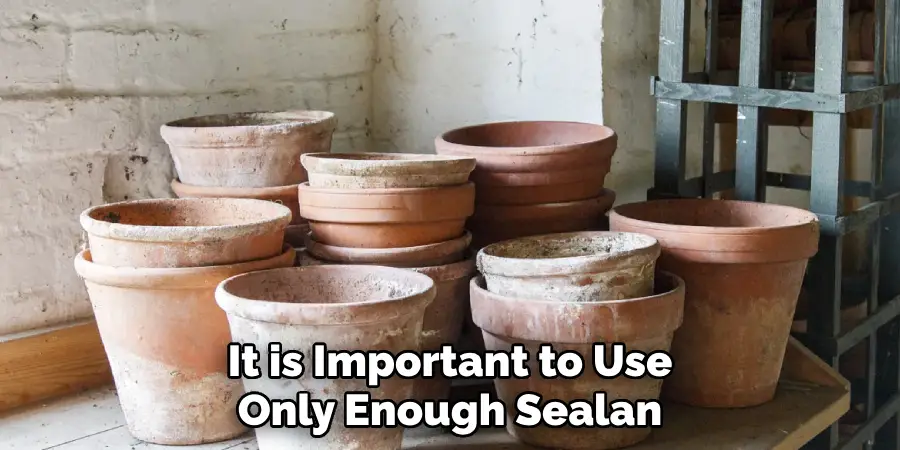
3. Not Allowing Enough Time for Drying
Allowing enough time for the sealant to dry before using the pot again is also important. Depending on the type of sealant used, this process could take several hours to a few days. If you attempt to use the pot too soon, you risk damaging it or reducing its effectiveness in protecting against moisture and other elements.
4. Not Testing for Compatibility
Before applying a sealant, it’s important to test it on a small area of your clay pot first to ensure compatibility between them. This will help you determine whether or not there will be any adverse reactions between your particular clay pot and your chosen sealant before full application.
5. Not Using Protective Gear
When sealing clay pots, you must wear protective gear such as gloves and safety glasses to protect yourself from any potential hazards associated with working with chemicals or solvents such as those found in some types of sealants.
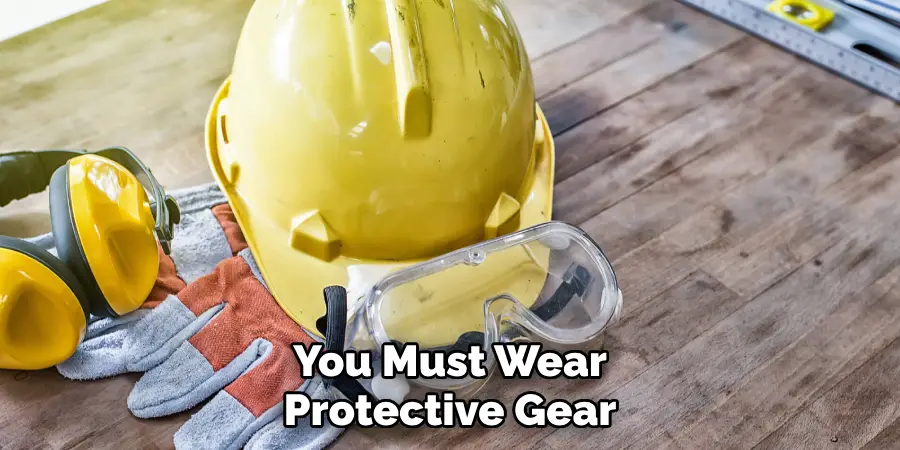
Additionally, always work in a well-ventilated area when using these products to avoid inhaling dangerous fumes, which could cause serious health problems if left unchecked over time.
6. Failing To Consider The Climate Conditions
Finally, you must consider climate conditions when sealing clay pots as certain types of sealants are better suited for certain climates than others are; for instance, some types may perform better under hot conditions, while others might perform better under cold conditions depending on their composition and properties.
Therefore, always do your research beforehand to choose a suitable type of sealant based on where you live and what climate conditions are like in your area throughout different times of the year.
Is It Necessary to Seal Both the Inside and Outside of A Clay Pot?
Clay pots are a popular choice for cooking and decoration, but there is some debate over whether it is necessary to seal both the inside and outside of these vessels. While some argue that sealing the outside of the pot will help prevent moisture damage and prolong its lifespan, others contend that sealing the inside is more important for preserving the flavor and quality of food.
Ultimately, sealing both sides of a clay pot depends on its intended use and personal preference. If you plan to use your pot for cooking, sealing the inside is critical to ensure the food doesn’t absorb any unwanted flavors or chemicals from the clay. On the other hand, if your pot is primarily decorative, sealing the outside may help protect it from the elements and maintain its appearance over time.
Regardless of your chosen approach, it’s always a good idea to consult the manufacturer’s recommendations for your pot. With proper care and maintenance, a clay pot can last for many years, providing aesthetic appeal and functional use in your home.
Conclusion
Sealing your clay pots is a simple but necessary process that helps protect them from water damage, ensuring they last for many years. Ensure you get all the necessary tools and materials to make the process easy and smooth. With our guide, you now have the necessary knowledge to seal your clay pots successfully. Practice the steps and enjoy having your clay pots as an integral part of your gardening collection. Thanks for reading our post about how to seal clay pots.

